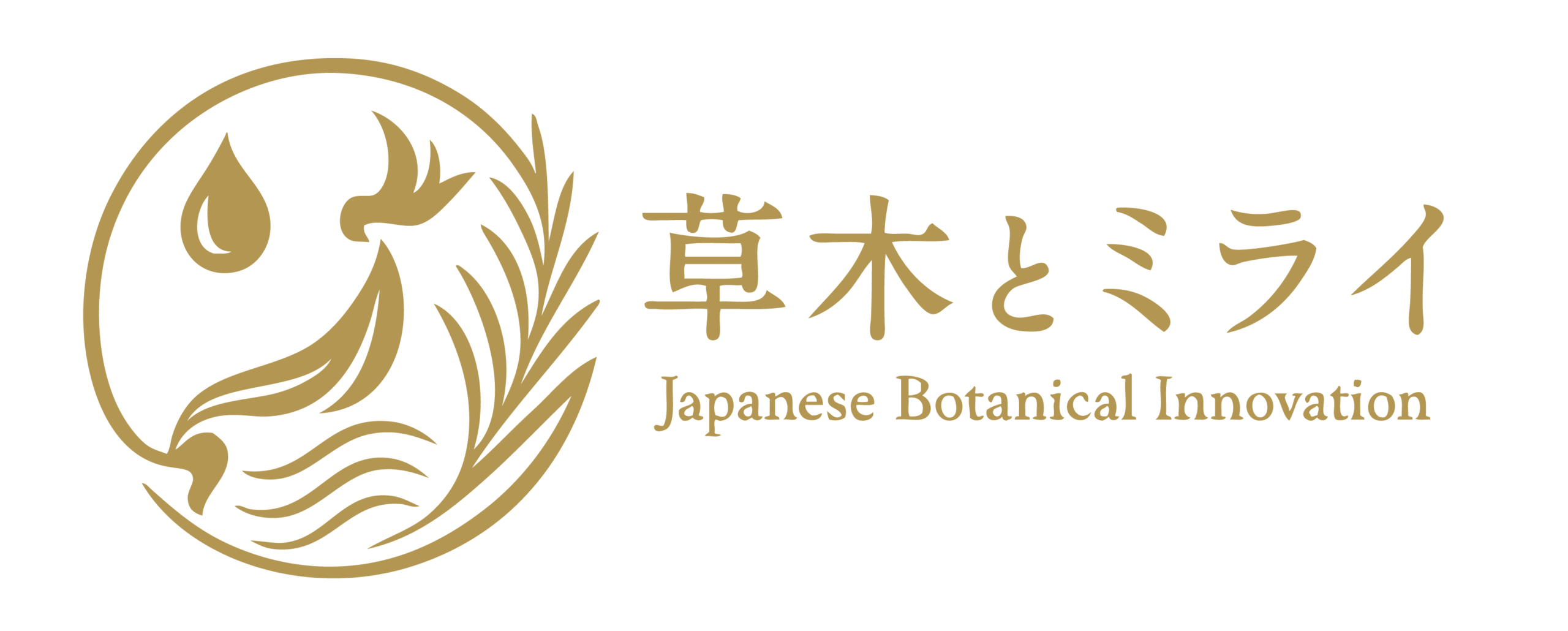Chapter 8 — The Wall of Manufacturing : Confronted by the Impossible

最初の一歩と展示会
コノテマリーエキスを得てから、私は「これは世に出さなければならない」と強く思いました。偶然と必然が重なり合って生まれた奇跡の一滴を、単なる個人の実験成果として終わらせるわけにはいかない。そこで私は商品化に向け、展示会に参加し、化粧品製造会社やOEMメーカーへ相談を持ちかけました。胸の内では「この情熱と素材の力を伝えれば、きっと理解してもらえる」と信じていたのです。しかし現実は想像以上に厳しいものでした。
技術の常識と現実の乖離
「私の要求はただひとつ。自然の叡智を核に据え、時間という贅沢をかけて磨き上げること。そして清浄な水と響き合わせ、ようやく完成する奇跡の調合。」
けれども、返ってくる答えはどこも同じでした。
• 「そんな作り方は知らない」
• 「やったことがない」
• 「コストが合わない」
化粧品業界において、原料の抽出は「早く、安く」が当たり前。多くのメーカーが求めるのは「大量生産に適したレシピ」であり、本来なら長い時間をかけて行うべき抽出工程は「効率が悪い」と一蹴されました。私は必死に食い下がりました。「このプロセスでなければ、このエキスは生まれないのです」と。しかし、相手の目には「理解不能な要求」にしか映らなかったのです。
立ちはだかる“全滅”の現実
結局、いくつもの製造メーカーを回りましたが、すべて門前払い。提案を聞いてもらえることすら稀で、返ってくるのは無理だという言葉だけ。
「そんなことをしても、売れる保証はない」
「そこまでの手間をかけて、誰が買うのか」
気づけば私は、業界の常識という名の巨大な壁に正面から突き当たっていました。情熱や理想だけでは、製造の現場は動かない。「全滅」という言葉しか浮かばないほど、どこも引き受けてはくれなかったのです。
全滅だからこその学び ― 見えない参入障壁
ここで浮き彫りになったのは、「誰も真似できない理由」のもう一つの側面でした。
• 多くの化粧品メーカーは、効率とコストを最優先に据える。
• その前提では、時間をかけて抽出するという思想自体が設計要件に入りません。
• 結果として、私が求める低速・高忠実度の抽出と熟成を受け止められる製造インフラは、実質的に存在しなかった。
つまり、製造インフラそのものが参入障壁になっていたのです。この事実は当時の私にとっては苦境でしたが、ビジネスの視点では強固な防壁の兆しでもありました。容易に量産の型へ落とし込めないからこそ、設計思想=価値が守られる。誰も作れないからこそ、私が歩むこの道には独占的な意味が生まれる――そう確信するに至ったのです。
失敗は、拒絶ではなく設計の証拠。
「できない」という答えの総和が、唯一無二の輪郭を浮かび上がらせた。
結び ― 「不可能」の総和が示すもの
展示会での不発、メーカーからの相次ぐ不採用、業界常識という厚い壁。それらは一見、「不可能の宣告」に見えました。しかし、振り返ってわかったのは、これらの壁こそが価値の証明だったということ。
• 容易に量産できないからこそ、価値がある。
• 誰もやろうとしないからこそ、挑戦する意味がある。
私は、“速さ”ではなく“正しさ”を選ぶと決めました。そして、新たな突破口を求めて歩みを進めます。この歩みが、やがて原料・製造・ビジョンの「技術の融合」へ――すなわち、理念・技術・執念が重なる三位一体の必然へと結びついていくのです。
不可能の総和は、可能の設計図である。
ここから物語は、和・漢・洋 × 海という自然の全景へと拡張し、「嘘のいらない商売」の中身が、ゆっくりと、しかし確実に形を取っていく。
The First Step and the Exhibition
After creating the Konotemary Extract, I felt an unshakable conviction: “This must be shared with the world.” A miracle born at the intersection of coincidence and inevitability could not remain a private experiment. Determined to bring it into form, I joined exhibitions and reached out to cosmetic manufacturers and OEM companies. Deep down, I believed, “If I convey the passion and the power of these ingredients, they will surely understand.” But reality was far harsher than I had imagined.
⸻
The Gap Between Technical Common Sense and Reality
“My only demand,” I told them,
“is to place nature’s wisdom at the core — to polish it through the luxury of time, and to let it resonate with pure water until the miracle of balance is complete.”
Yet every response I received was the same:
• “We’ve never made anything that way.”
• “It’s impossible.”
• “The cost doesn’t make sense.”
In the cosmetics industry, speed and low cost reign supreme. Most manufacturers seek formulas optimized for mass production, not depth of extraction. Long, low-temperature processes were dismissed as inefficient relics. I pleaded, “This process is essential. Only through this method can the extract be born.” But to them, my words sounded like an incomprehensible request — something outside the language of industrial logic.
⸻
The Reality of “Total Rejection”
I went from factory to factory. Each door closed before me. Even being granted a conversation was rare — most ended with a simple “impossible.”
“Who would buy something that takes so much effort?”
“Why spend so much time on what doesn’t scale?”
I had collided head-on with the immovable wall of industry common sense. Passion and ideals alone could not move the machinery of manufacturing. Every attempt failed — until the only word that remained was “total rejection.”
⸻
Learning from Total Rejection — The Invisible Barrier to Entry
This experience revealed another truth: the reason no one could imitate this.
• Most manufacturers are built around efficiency and cost optimization.
• Under such assumptions, “slow, faithful extraction and maturation” simply don’t fit into the system.
• As a result, the infrastructure capable of supporting such craftsmanship did not exist.
In other words, the manufacturing infrastructure itself had become a barrier to entry. At the time, this was my greatest obstacle — but seen from a business lens, it was also the seed of a powerful moat. Because the process could not be industrialized, its philosophy became its protection. No one else could replicate it.
Failure was not rejection — it was proof of design integrity.
Every “impossible” I heard drew the outline of something truly unique.
⸻
Conclusion — The Meaning Hidden in “The Sum of the Impossible”
Unsuccessful exhibitions. Manufacturers who refused the challenge. The unyielding wall of industry convention. At first glance, it looked like a declaration of impossibility. But in hindsight, these walls were actually the proof of value.
• It cannot be mass-produced — therefore it has worth.
• No one dares to attempt it — therefore it deserves pursuit.
I chose not speed, but rightness. And from that moment, I began to walk toward a new horizon — toward the fusion of technology, craftsmanship, and vision. That journey would soon lead to the Trinity of Inevitability: principle, technique, and spirit.
The sum of impossibilities became the blueprint of possibility.
From here, the story expands into the full landscape of nature — Wa, Kan, and Yo united with the sea — and the emergence of a business built on honesty, where no lies are needed.
